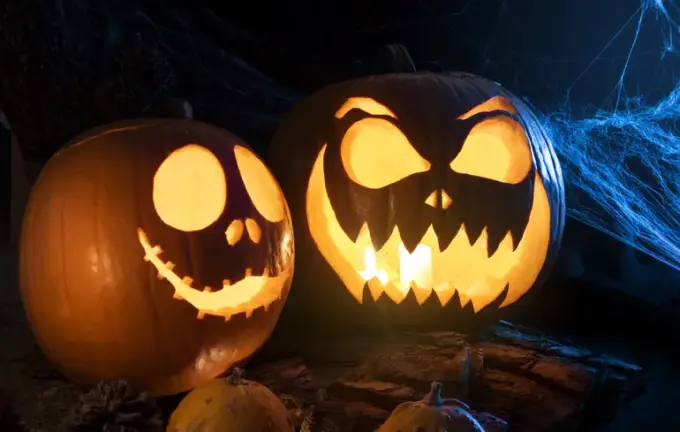Halloween 2025: Celebrations and Modern Perspectives on the Night of Spooks

Every year, from October 31 to November 1, numerous countries around the world celebrate Halloween — a holiday with deep historical roots and rich cultural traditions.
In Ukraine, although this day is not officially recognized as a public holiday, more and more citizens are embracing the festivities and popular customs associated with this autumn night.
The origins of Halloween trace back to Celtic times in Ireland and Scotland, where it was observed as the end of the harvest season.
It was believed that on this day, the boundary between the worlds of the living and the dead became thin, allowing spirits of the deceased to enter our realm.
To protect themselves, ancient people lit bonfires, wore frightening costumes and masks, and performed rituals to repel evil spirits.
In the past, sacrifices of animals were also part of the tradition, along with carrying sacred fire home and igniting hearths to ward off malevolent entities.
Today, many of these ancient rites have faded, but the tradition of carving Jack-o’-lanterns from pumpkins remains a staple of Halloween celebrations.
Instead of lighting bonfires, modern festivities often feature illuminated pumpkins with scary faces and candles inside, echoing the old customs.
Children and adults alike partake in the tradition of knocking on neighbors’ doors and asking for candy, shouting “Trick or treat!” as a playful warning.
While in Ukraine Halloween is not yet an official holiday, it continues to grow in popularity as families and friends celebrate with costumes, themed parties, and autumnal cheer, adding a touch of spooky fun to the fall season.

